“You can never control the points of view of others. It is really frightening”: Directors D’Innocenzo brothers on America Latina
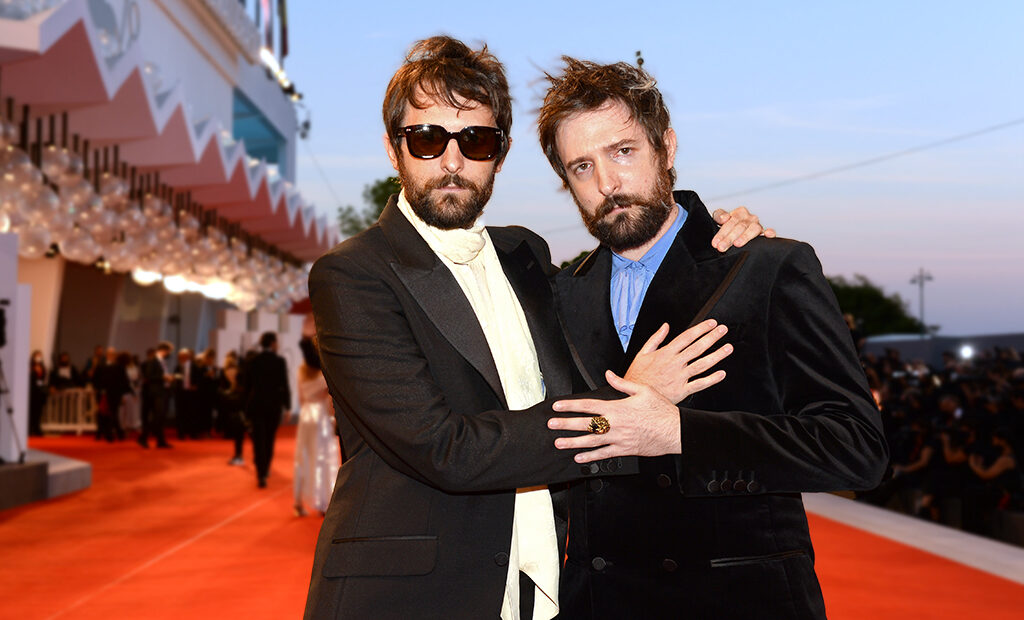
The city of Latina, south of Rome, stands surrounded by a humid landscape of industrial wasteland, reclaimed from the swamps only recently, in the early 20th century. Massimo Sisti (Elio Germano) has built a bourgeois existence in this unpromising setting; he runs his own dentist’s studio, well-liked by clients and colleagues for his professional, friendly and relaxed demeanor. His modest success has allowed him to buy a quiet villa outside of town where he dotes on his wife Alessandra and his two daughters Laura and Ilenia. He draws strength from the rapport with his family to compensate for his daily struggles and iniquities. But something is not quite right, and Massimo is slowly forced to face the contradictions of the life he thought he had. Here’s an interview with directors Damiano and Fabio D’Innocenzo about America Latina.
Your films are usually set in the periphery, the no-man’s land outside of the city. What is it that fascinates you about these neglected, dilapidated spaces?
We are deeply attracted to the poetry of wrong places. We love errors made involuntarily. We are indulgent by nature towards everything that is unsuccessful: Badly run places, architectural abominations, everything that wants to be something that it really isn’t. There also is a photographic discourse going on here, clearly tied to eerie spaces, to an idea of a no man’s land that is important to us, but that is not our priority. Our main interest in liminal spaces is purely anthropological: failed attempts are very close to our hearts.
America Latina is set in Latina, south of Rome, a planned city created in the 1930s in what used to be a large, malaria-infested swamp. It’s hard to think of a less glamorous location for a film. What drew you to Latina specifically?
Latina is a city we know very well, more specifically its surroundings where our parents live. We have always wanted to shoot something in these suburban spaces, but we never bend our stories to our intentions. Only when the essence of the narrative was already formed in our minds did it become clear to us that it had to be situated in a wet, ignored, and transitional landscape like the one around Latina.
This is your second film with Elio Germano as a protagonist. While Bad Tales (Favolacce) was more of an ensemble piece, America Latina revolves almost exclusively around his character. Just like in Bad Tales, you again cast Elio Germano against type. What are his qualities that appeal so much to you?
Elio Germano is a wonderful actor. It is pointless to catalogue his many qualities, they are visible to all. What ties us together is a very close human bond, the strongest we have felt so far with anybody “doing cinema”. A connection based in trust and the certainty of never being judged. Trying to please is the death on any story, and of any acting. Elio Germano is emotionally naked on set, and so are we with him. Because we are all too shy, we have never told each other this explicitly, but we mutually like our aberrations. Without complacency, we accept who we are and are ready to show it without it feeling wrong.
You have said about America Latina that it “is a love story, and hence, like all love stories, also a thriller”. Would you care to explain?
Whenever we mention the word “love”, we put into play fears, ghosts, desperation, deception and self- deception. The verb “to love” lives in the attempt to make these dark emotions shine. But just like with any other part of life, what makes the difference here is the point of view. You can sleep in a close embrace with the one you love, and during the night they have a terrible nightmare. The next day, they don’t tell you. Something is put in motion. You are in a thriller.
Of your films so far, America Latina is the one most influenced by genre aesthetics, by thrillers and film noir. What do you like about these cinematic languages?
The thing we like most about genre forms is the obligation to absolute rigor and precision and, at the same time, the seduction of betraying the rules that the genre imposes. Are we able to tell a psychological thriller from the point of view of an innocuous, middle-aged dentist? Wonderful! We love film noir with its private eyes under incessant rain, but we would never succeed to tell the story of the type of hero in Melville. Because we are ordinary people. And that means we can only deal with ordinary people who are confronted with something out of the ordinary.
You seem to be extremely interested in the mechanisms of narration, of how stories are told, often from different points of view and with different layers. America Latina takes the concept of the unreliable narrator even further than your previous works. Is this an intentional strategy to unsettle your audience?
As we mentioned earlier, to us the one thing upon which everything else hinges is the point of view: where, how, why, and for how long one looks. All our lives are open to misunderstandings, but we do everything we can to prove to ourselves that we are in control. But you can never control the points of view of others. It is really frightening. That is why multiple and contradictory testimonies are the foundation for our narratives: They mirror our fear of putting into question what we have constructed, our convictions, our principles.
Your films are highly dystopian, showing a society not simply fraying at the edges, but in moral free fall. Life in contemporary Italy as you show it definitely isn’t pretty. Your films are also imbued with a very particular acerbic humor that feels like some kind of social criticism. Are you trying to convey a message, and if so, what is it?
Absolutely not. We categorically have no message at all. You make films in order to search, not to declare. Clearly, we have very definite ideas of what doesn’t work in our country, but sociology doesn’t interest us, neither in cinema nor in life. We are also interested in telling stories that aren’t merely local. The Italy of this film has a purely physical role, it has no influence at all on the narrative. Starting with the title, we distance ourselves from any sense of adhesion between story and location. We are everywhere. In the 90 minutes of the film, this everywhere is for everyone.
In many ways, America Latina is a story about suffocation and claustrophobia. Your visual language hits that note with perfect pitch. Could you talk about the formal cinematic choices you made to achieve this effect?
From the beginning, we framed the task for the camera, for set design and costume design quite precisely: It shouldn’t be the viewer who watches a fly trapped in a glass; rather, the viewer is the entrapped fly. To be able to implement this dramaturgical objective, we used lenses with little depth, painted the walls of the house in strong but homogenous hues that always reminds us of their presence, and used discordant camera angles. We consciously mixed hand-held and static camera languages to avoid offering any stylistic points of reference. There is no style in disorder, and accordingly we actively renounced any formal habits.
What is the secret behind your astonishing productivity? Since your debut with Boys Cry (La Terra dell’Abbastanza) in 2018, you have finished Bad Tales (2020) and America Latina, and your first TV series for Sky Studios is in development. How do you manage to work so quickly on so many projects at the same time?
We have finished three films in five years. To us, that seems too few – we would have, and could have, done twice as many. We are at a point in our lives where we struggle with a huge number of existential questions, and those can be very quickly transformed into stories. We are trying to discover ourselves through the making of our movies. In that, we are extremely lucky. In addition, we are also lucky to have met and work incredibly closely with an extraordinary producer like Lorenzo Mieli.
Could you tell us something more about the projects you are currently working on?
Right now, we are working on the writing process of all episodes of our first TV series, produced by Sky Studios. It is an immersive journey, unfettered and something absolutely indispensable for us. The series is titled ‘Dostojevski’, but it has nothing to do with the Russian writer.
The editorial unit
Photo: Courtesy of La Biennale




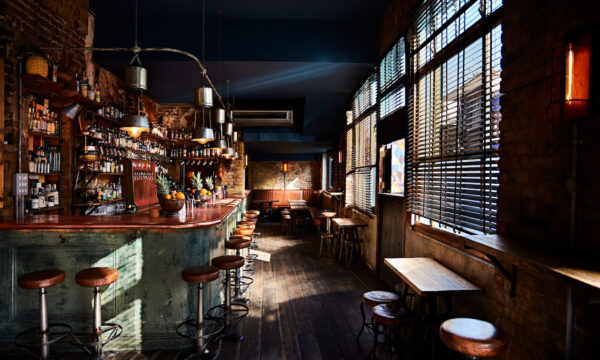

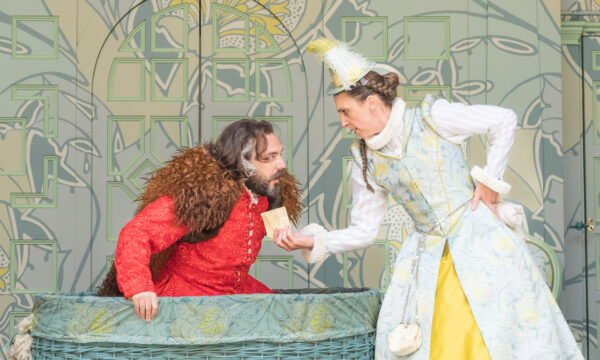
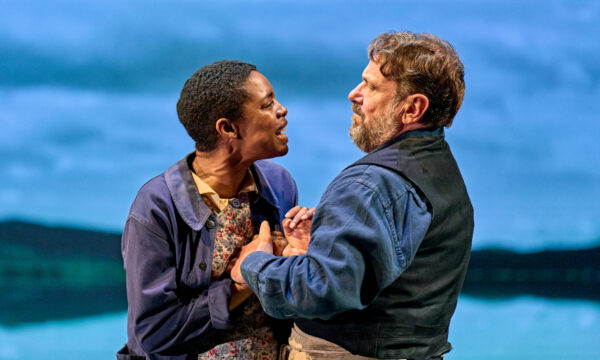
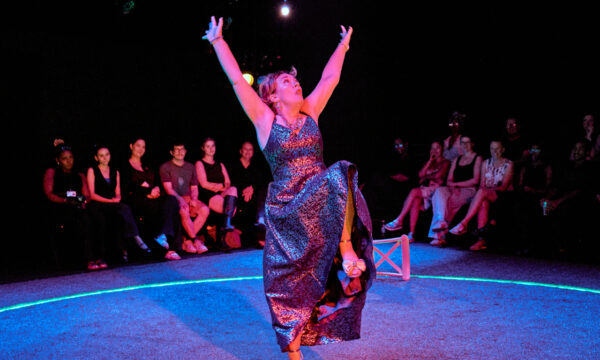
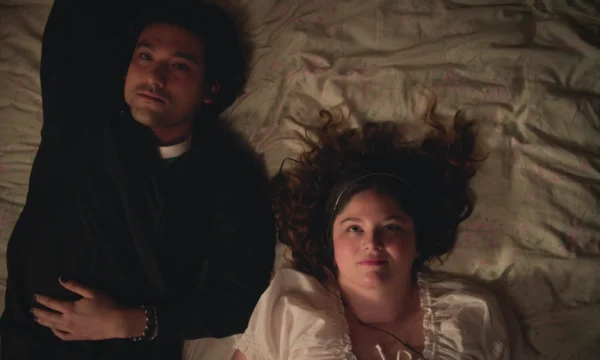

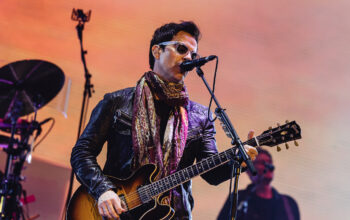
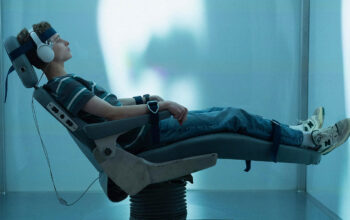
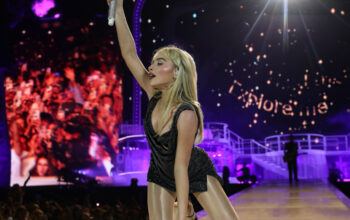
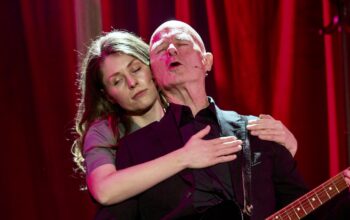





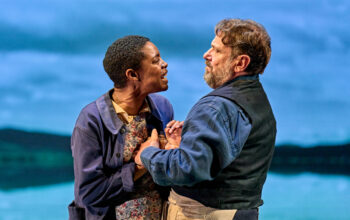

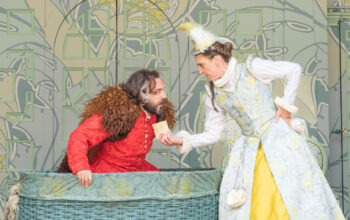
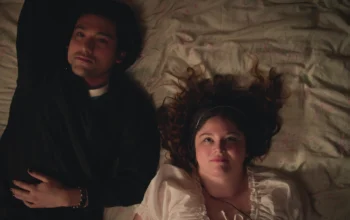
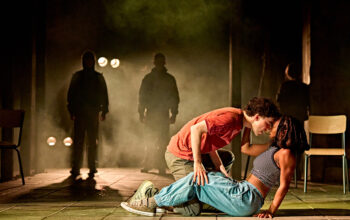
Facebook
Twitter
Instagram
YouTube
RSS